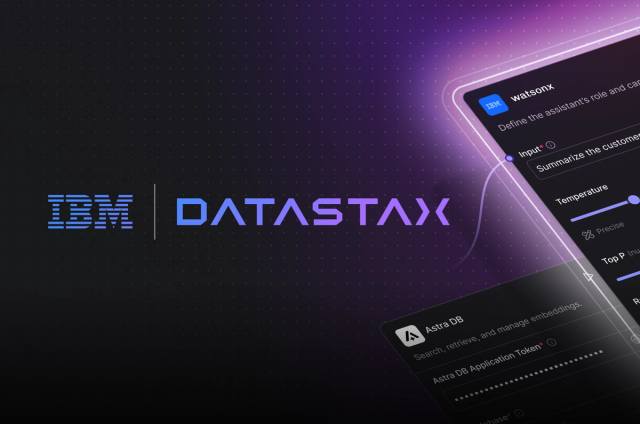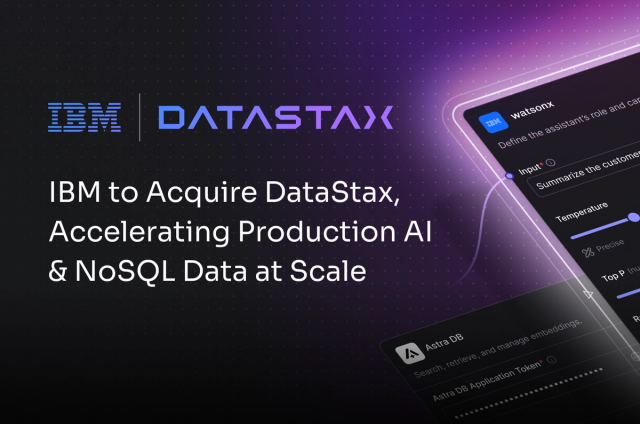As you know, we’ve split our post-2.1 release into two pieces, with 2.2 to be released in July (rc1 out Monday) and 3.0 in September.
2.2 will include Windows support, commitlog compression, JSON support, role-based authorization,bootstrap-aware leveled compaction, and user-defined functions.
3.0 will include a major storage engine rewrite and materialized views.
We’re splitting things up this way because we don’t want to block the features that are already complete while waiting for 8099 (the new storage engine). Releasing them now as 2.2 reduces the risk for users (2.2 has a lot in common with 2.1) and allows us to stabilize that independently of the upheaval from 8099.
After 3.0, we’ll take this even further: we will release 3.x versions monthly. Even releases will include both bugfixes and new features; odd releases will be bugfix-only. You may have heard this referred to as “tick-tock” releases, after Intel’s policy of changing process and architecture independently.
The primary goal is to improve release quality. Our current major “dot zero” releases require another five or six months to make them stable enough for production. This is directly related to how we pile features in for 9 to 12 months and release all at once. The interactions between the new features are complex and not always obvious. 2.1 was no exception, despite DataStax hiring a full time test engineering team specifically for Apache Cassandra.
We need to try something different. Tick-tock releases will dramatically reduce the number of features in each version, which will necessarily improve our ability to quickly track down any regressions. And “pausing” every other month to focus on bug fixes will help ensure that we don’t accumulate issues faster than we can fix them.
Tick-tock will also prevent situations like the one we are in now with 8099 delaying everything else. Users will get to test new features almost immediately.
To get there, we are investing significant effort in making trunk “always releasable,” with the goal that each release, or at least each odd-numbered bugfix release, should be usable in production. We’ve extended our continuous integration server to make it easy for contributors to run tests against feature branchesbefore merging to trunk and we’re working on more test infrastructure and procedures to improve release quality. You can see how this is coming along in our May retrospective.
We are also extending our backwards compatibility policy to cover all 3.x releases: you will be able to upgrade seamlessly from 3.1 to 3.7, for instance, including cross-version repair. We will not introduce any extra upgrade requirements or remove deprecated features until 4.0, no sooner than a year after 3.0.
Under normal conditions, we will NOT release 3.x.y stability releases for x > 0. That is, we will have a traditional 3.0.y stability series, but the odd-numbered bugfix-only releases will fill that role for the tick-tock series — recognizing that occasionally we will need to be flexible enough to release an emergency fix in the case of a critical bug or security vulnerability.
We do recognize that it will take some time for tick-tock releases to deliver production-level stability, which is why we will continue to deliver 2.2.y and 3.0.y bugfix releases. (But if we do demonstrate that tick-tock can deliver the stability we want, there will be no need for a 4.0.y bugfix series, only 4.x tick-tock.)
After 2.2.0 is released, 2.0 will reach end-of-life as planned. After 3.0.0 is released, 2.1 will also reach end of life. This is earlier than expected, but 2.2 will be very close to as stable as 2.1 and users will be well served by upgrading. We will maintain the 2.2 stability series until 4.0 is released, and 3.0 for six months after that.
For everyone who read this far: thanks! Now go download 2.2rc1!
(Reposted from the Cassandra users mailing list.)
This blog post originally appeared in Planet Cassandra.












